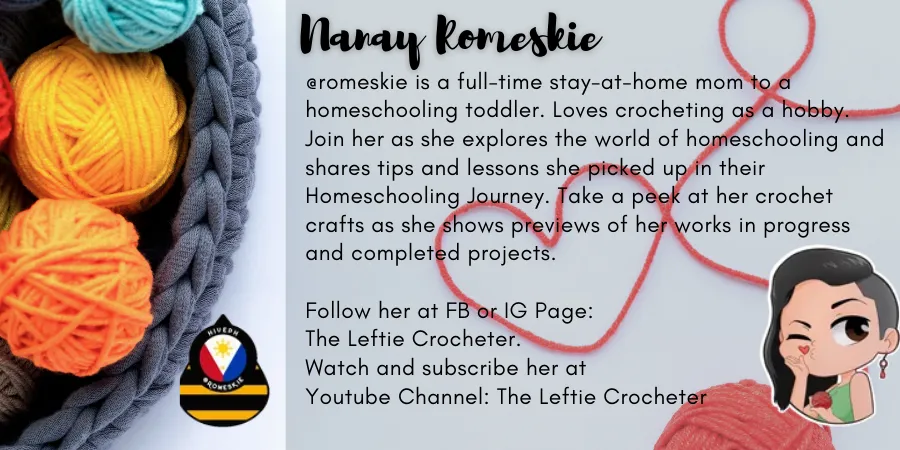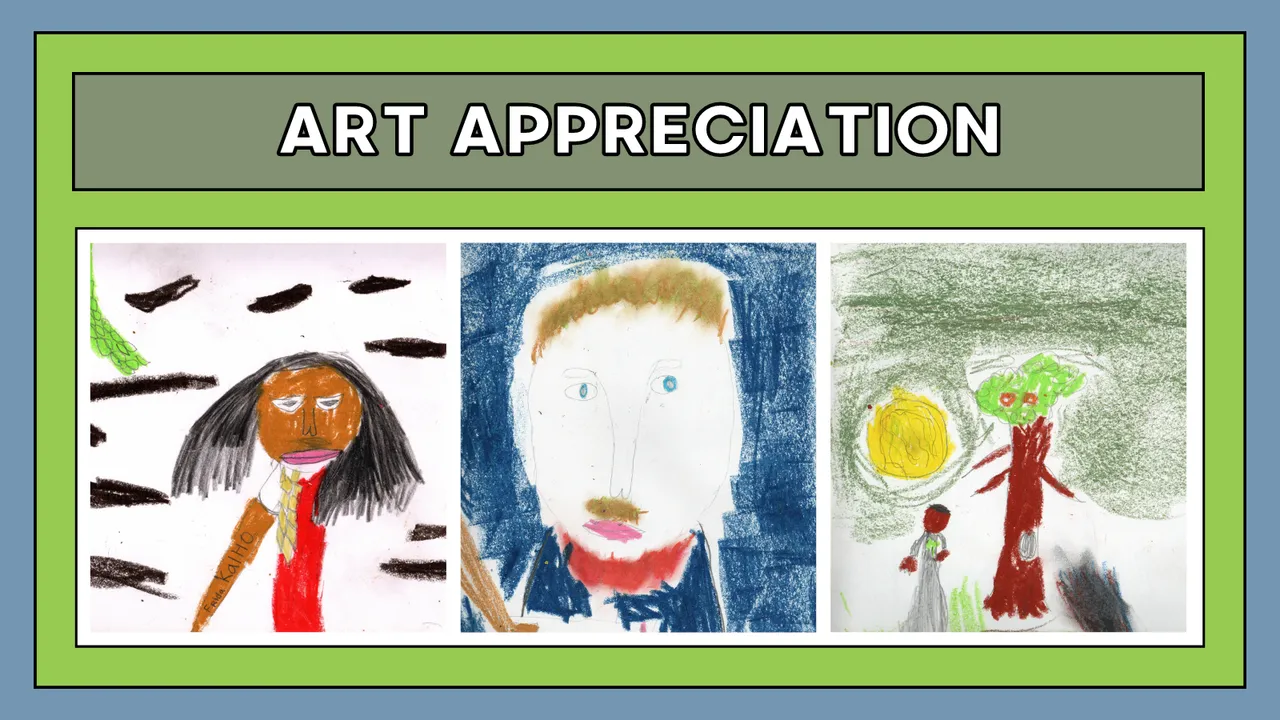
I have talked a little bit about art appreciation on one of my posts before. That post though was centered around embracing imperfections and how art, whatever medium you are using, doesn't need to be executed perfectly, it just needs to be done as beautifully as you possibly can. This has always been what I always focus on in every activity that my daughter has.
Now, let me dive deeper into how you could also do your art appreciation in your homeschooling. Even if you are not homeschooling, you can also try this one out. You can use art appreciation to divert your kids' attention away from gadgets and social media. Remember, bad habits need to be replaced by a new healthy habit. This might help you if you have that dilemma.
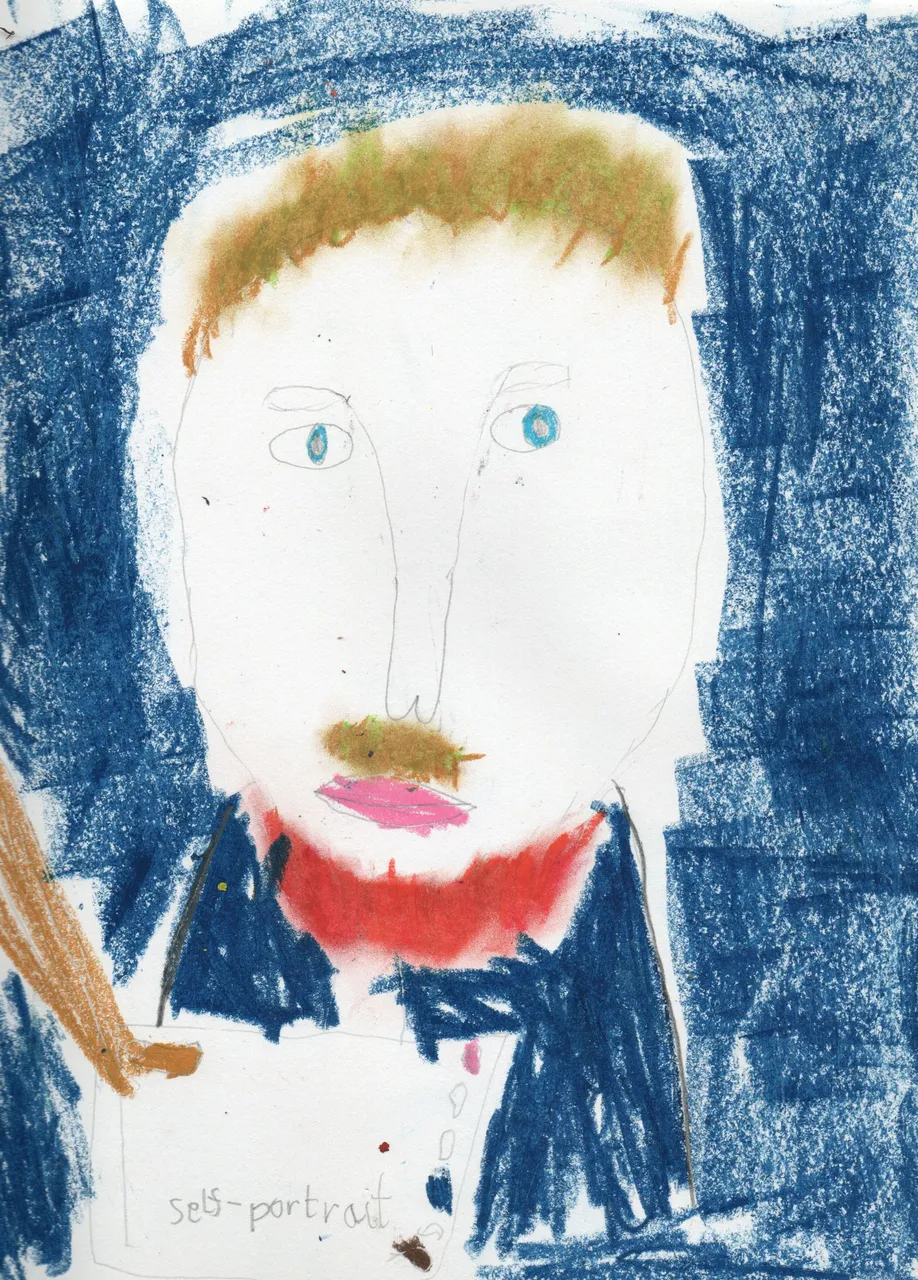
I mentioned before that the way we do art appreciation is this: we look at the painting for 5 minutes, then from memory, we recreate the painting using oil pastels. Sounds simple. Right. But it doesn't sound as enticing as art appreciation should be. As a parent-educator, I view art appreciation as a way for children to appreciate and enjoy the the arts from famous painters throughout the world throughout history. It is a way for them to learn Humanities and World History, even Geography. As each painting is packed with so much riches from all over the world, the way we present Art Appreciation to children should induce life, joy, and admiration towards art and history.
It turns out, I was missing a couple of steps in our art appreciation subject. While it is true that part of it is looking intently at the painting, studying each element, looking at the lighting, etc., there are a few more steps that I needed to do.
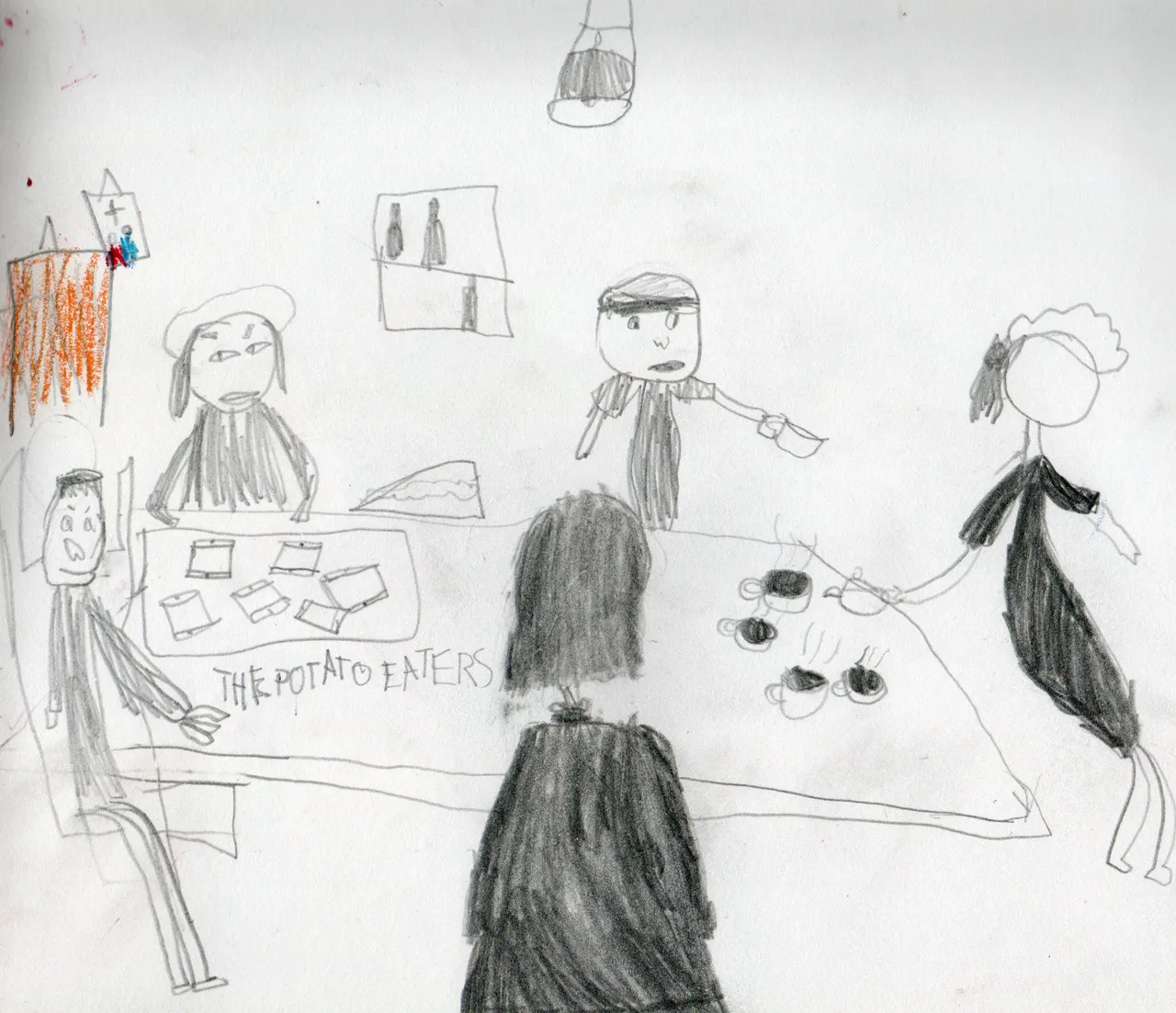

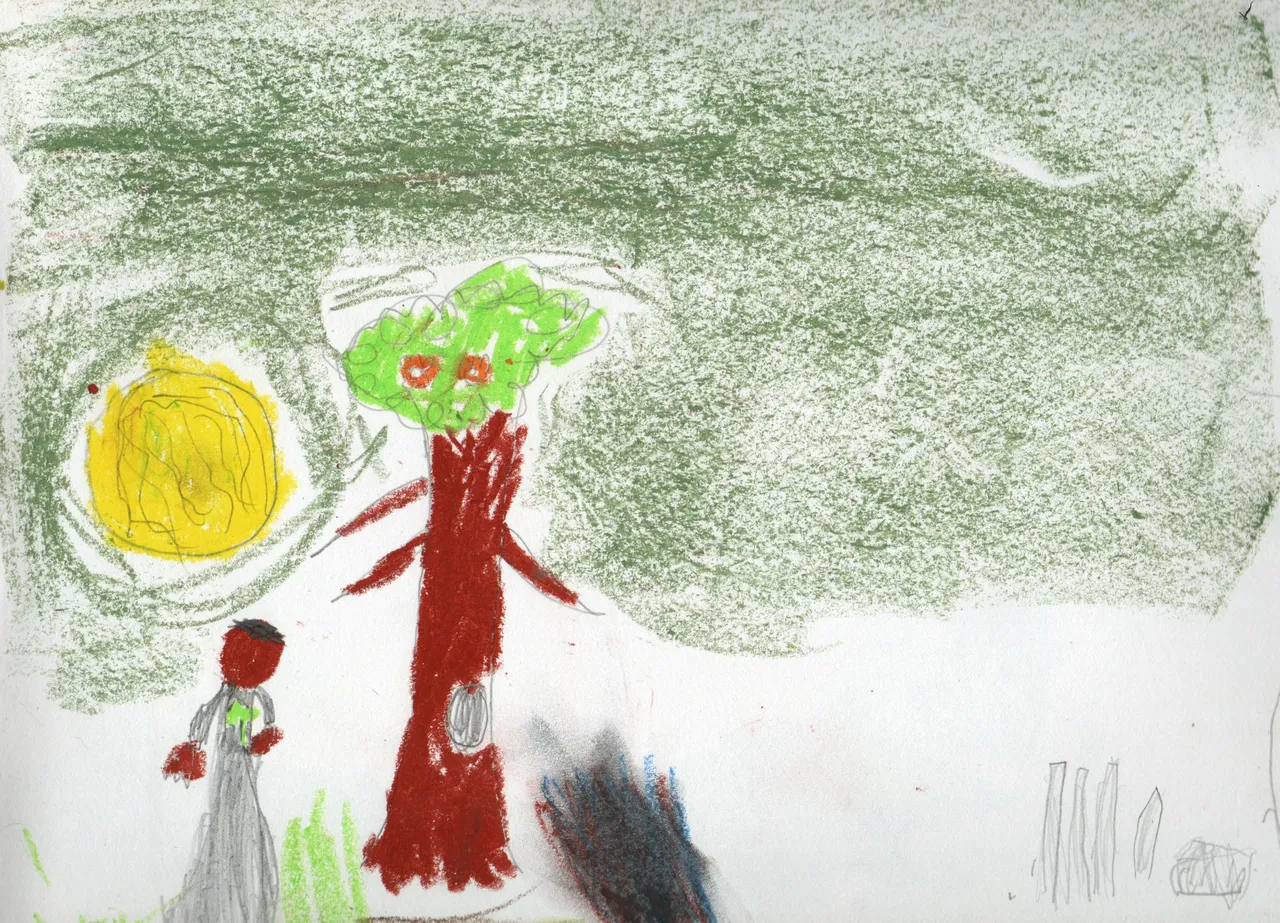
In order to appreciate someone, you need to know who they are first. I bought ebooks for our art appreciation this year. The books included stories about the artist - their early life, their hardships, how they started, how they kept going, how they became famous, and everything in between. It also included e-copies of the artist's paintings. So for each Arts study time we have, we spend 10 minutes reading up and discussing the life of the artist we are studying. We discover a great many things about the person. Did you know that Vincent Van Gogh did not start painting until he was in his late 20's? Juan Luna started at the age of 17. My kid is getting more and more inspired because she now knows that if she starts early, there's so much more she could learn.
After studying about their life, we spend a couple of minutes looking at the paintings. Before, I would just show her the painting, have her look at it for 5 minutes, then have her recreate it. While that's a good way of training her to focus and remember, it does not do good with the appreciation part. So this time, while she looks at the painting, I ask her some leading questions. When we studied Van Gogh's The Sower, we discussed the bible passage that inspired the artist to create the painting. When we turned our attention to his painting The Potato Eaters, I asked her what she can say with the color combinations and how it was compared with all of his other paintings. She has known how Van Gogh likes to create his paintings quick but for this painting, he took a long time. It was a great opportunity to ask her what she thinks about that.
We look at several other paintings during a week. Frida Kahlo's life was also interesting and the book I bought included several paintings that she created. I let the little learner choose which painting she wants to recreate. But before she went ahead and do so, I asked her to look closely at the painting. Some of the questions I ask her is, after giving some snippets of ideas behind the history of the making of a particular painting, "What do you think was the painter feeling when they were creating it?" Another question is "What story or message is the painting trying to tell you?" To this, she asked me, what kind of message can a painting say? It was a rich discussion because her curiosity was piqued.
After she shares her take on the painting, I also share mine. At first, she thought that her answer was wrong because we have entirely different answers. That was another chance to show her the beauty of art and paintings. Now she knows that each artwork appeals differently to different people. Now she is sensitive to the fact that each individual goes through several diverse situations. And that what she feels right now might be different from other people which should cause different interpretation of the same painting they are viewing.
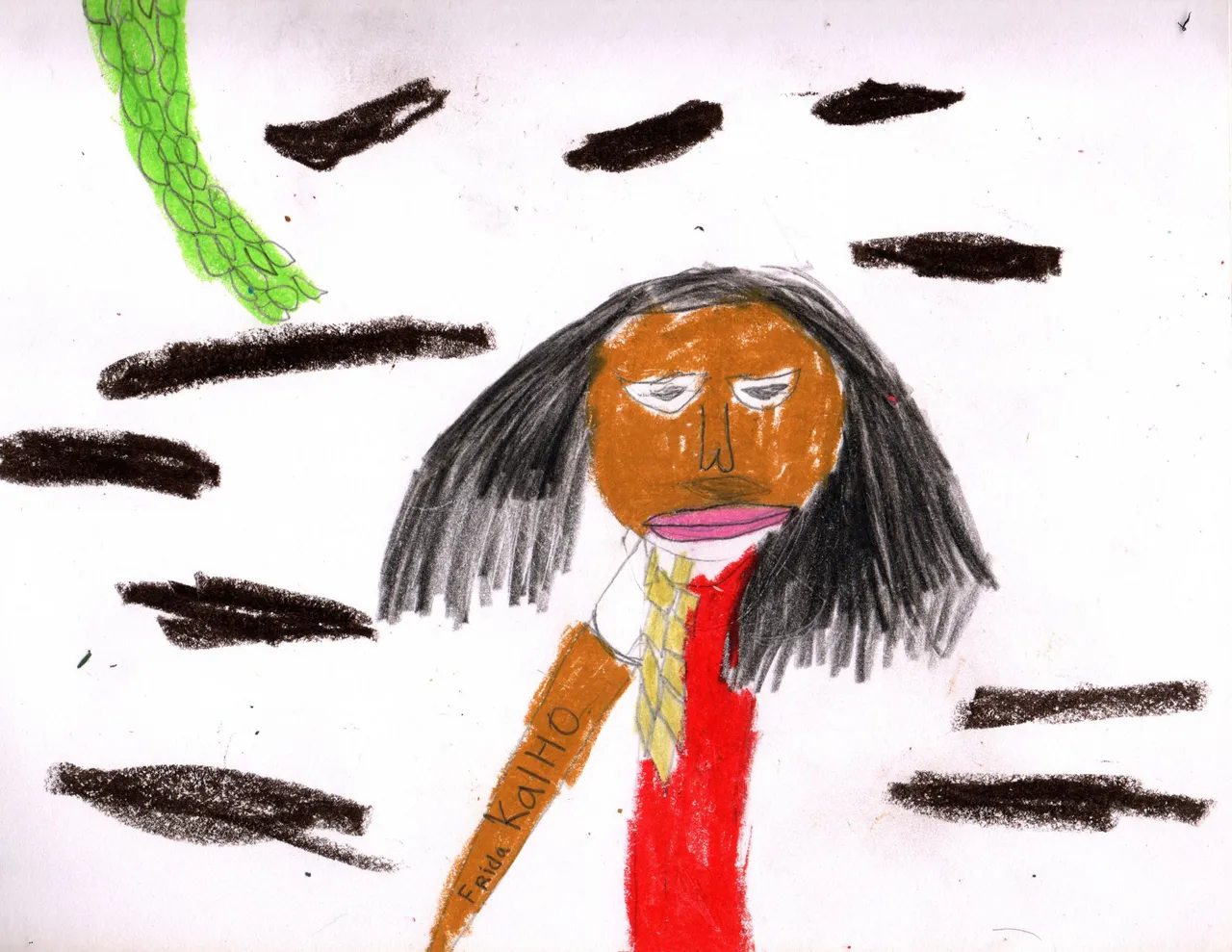
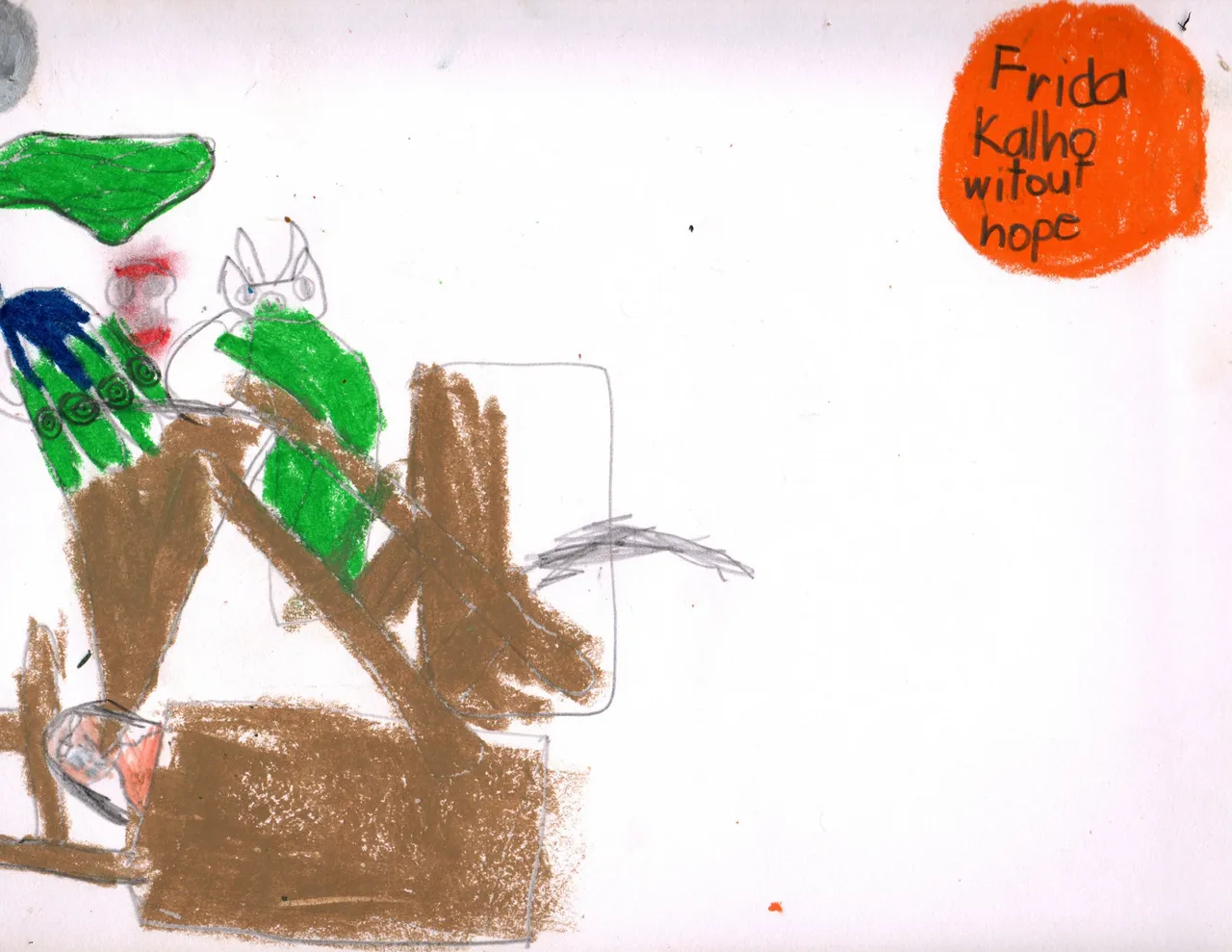
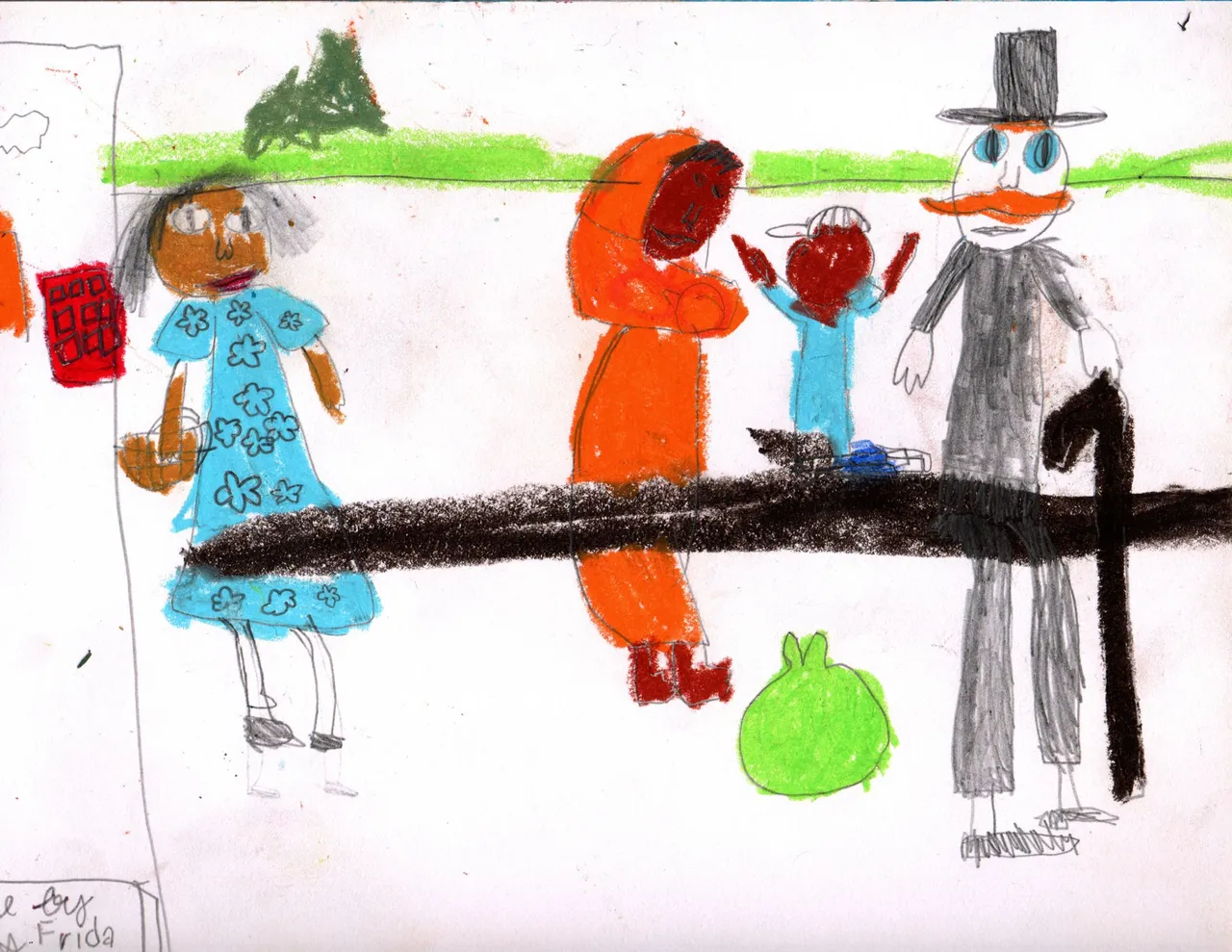
Once she has digested all the beauty of the painting, she now enjoyably recreates the painting out of her memory. This time, she does not just enumerate the different elements of the painting. This time, the painting has a deeper meaning to her and a deeper connection in her heart. She used to not be too thrilled about this activity. Understandably, it's because she has not yet established the appreciation of the artwork. Now, she feels the joy and the life in every artwork she is looking at.
While it is important that we teach our learners as much information as they could digest, at the end of the day, it does not matter how much they learned. What will matter is how much they care about the things that they learned. Art appreciation develops that kind of love and care for the things that they find out, and thus, help them bring everything they learn from their minds, into their hearts. And that I think is what will help keep the lessons ingrained in their soul.
All images above are my daughter's recreation based on the paintings from Vincent Van Gogh and Frida Kahlo.


